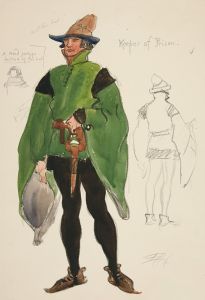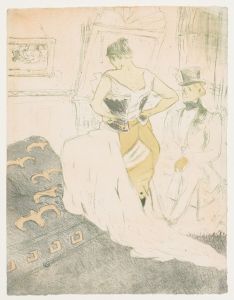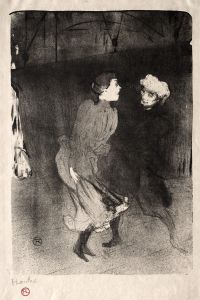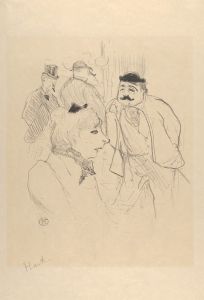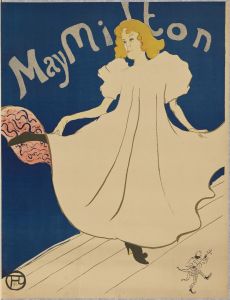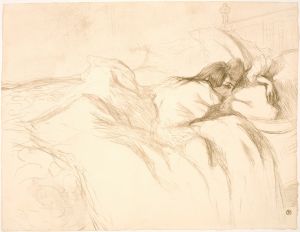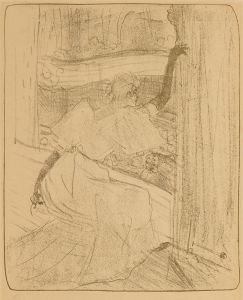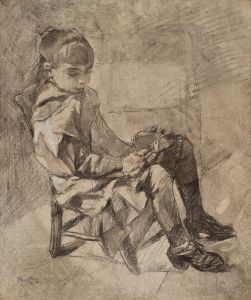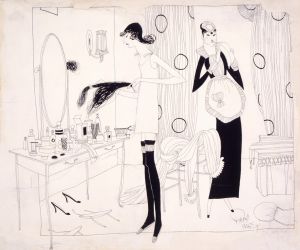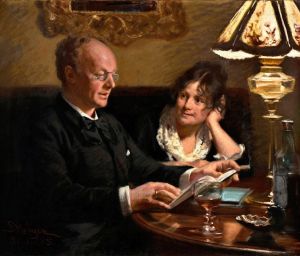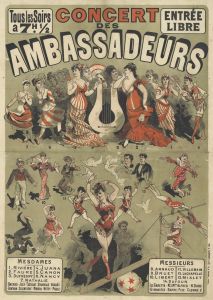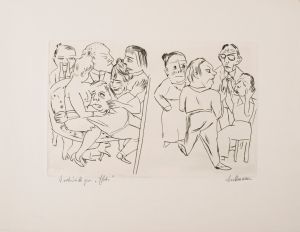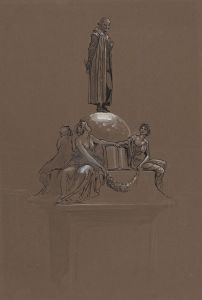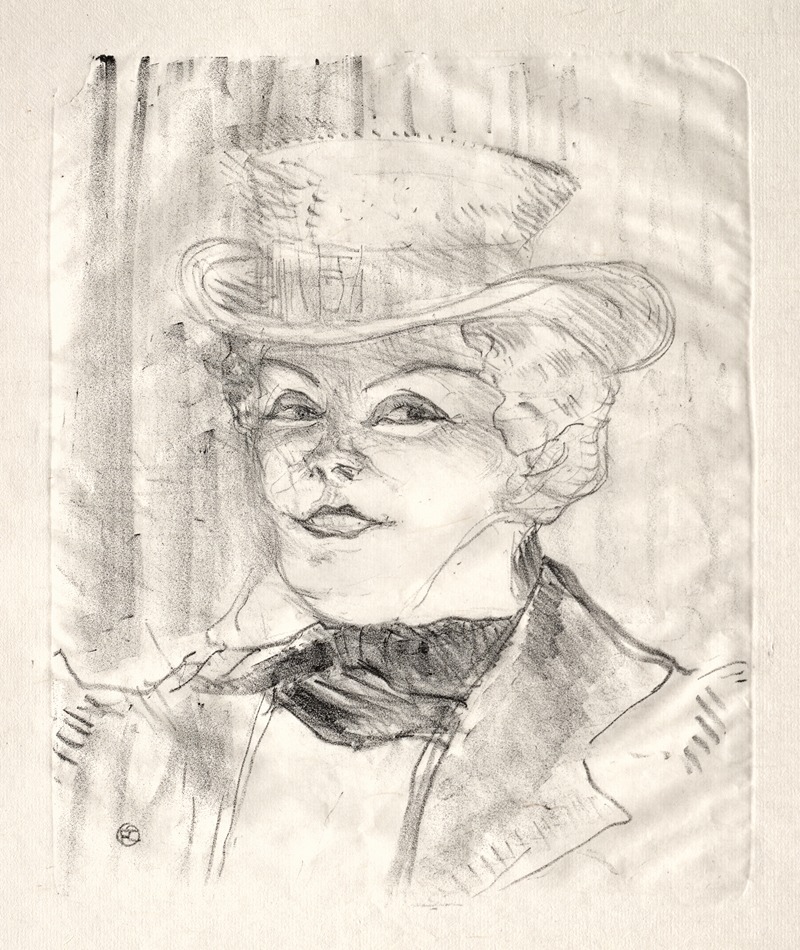
Madame Réjane
A hand-painted replica of Henri de Toulouse-Lautrec’s masterpiece Madame Réjane, meticulously crafted by professional artists to capture the true essence of the original. Each piece is created with museum-quality canvas and rare mineral pigments, carefully painted by experienced artists with delicate brushstrokes and rich, layered colors to perfectly recreate the texture of the original artwork. Unlike machine-printed reproductions, this hand-painted version brings the painting to life, infused with the artist’s emotions and skill in every stroke. Whether for personal collection or home decoration, it instantly elevates the artistic atmosphere of any space.
Henri de Toulouse-Lautrec, a prominent French painter, printmaker, and illustrator, is renowned for his depictions of Parisian nightlife in the late 19th century. Among his many works, "Madame Réjane" stands out as a significant portrait that captures the essence of the era and the subject's personality.
"Madame Réjane" is a portrait of Gabrielle Réjane, a celebrated French actress of the Belle Époque. Born Gabrielle-Charlotte Reju in 1856, Réjane was known for her dynamic stage presence and her ability to captivate audiences with her performances in both comedic and dramatic roles. She was a contemporary of Sarah Bernhardt and was considered one of the leading actresses of her time.
Toulouse-Lautrec painted "Madame Réjane" in 1898, a period when he was deeply immersed in the cultural and social life of Paris. His works often featured the vibrant and sometimes decadent world of theaters, cabarets, and dance halls. This painting is a testament to his keen ability to capture the character and spirit of his subjects, often with a touch of humor and empathy.
In "Madame Réjane," Toulouse-Lautrec employs his characteristic style, marked by bold lines and a vivid color palette. The portrait is notable for its expressive use of color and form, which conveys Réjane's lively personality and theatrical flair. The painting showcases her in a moment of introspection, yet it also hints at her commanding presence on stage. Toulouse-Lautrec's technique in this work reflects his mastery of capturing the nuances of human expression and emotion.
The painting is also significant for its historical context. During the late 19th century, Paris was a hub of artistic innovation and cultural transformation. The Belle Époque was a period of optimism, marked by advancements in technology, art, and entertainment. Toulouse-Lautrec was at the forefront of this cultural movement, and his portraits of performers like Réjane provide valuable insights into the social dynamics and artistic trends of the time.
"Madame Réjane" is part of a broader body of work by Toulouse-Lautrec that documents the lives of performers and entertainers in Paris. His portraits are not merely representations of individuals but are also reflections of the vibrant and often tumultuous world they inhabited. Through his art, Toulouse-Lautrec offers a window into the lives of those who shaped the cultural landscape of the era.
Today, "Madame Réjane" is appreciated not only for its artistic merit but also for its historical significance. It serves as a reminder of the enduring impact of Toulouse-Lautrec's work and his ability to capture the spirit of an age. The painting is housed in various collections and continues to be studied and admired by art enthusiasts and historians alike.
In summary, "Madame Réjane" by Henri de Toulouse-Lautrec is a compelling portrait that encapsulates the essence of its subject and the cultural milieu of late 19th-century Paris. Through his distinctive style and keen observational skills, Toulouse-Lautrec has created a work that resonates with audiences, offering a glimpse into the world of one of the era's most celebrated actresses.





